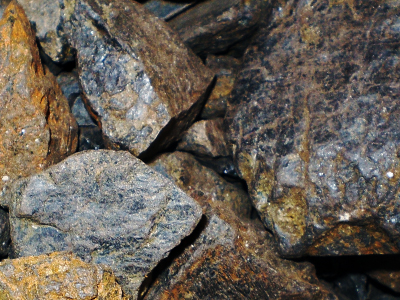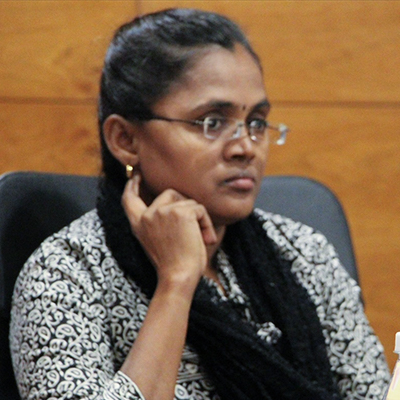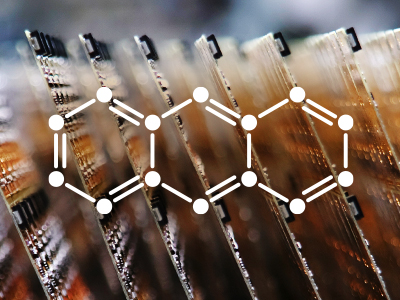History and Background
The Democratic Republic of Congo (DRC) is a Central African country that has been harassed by regional conflict for nearly a century. A major cause of these conflicts is the struggle for its vast mineral resources. These mineral resources are financing multiple armed groups, who use brutal violence to threaten and control local populations in Congo. Armed groups in DRC earn hundreds of millions of dollars per year by trading four major minerals which collectively are called conflict minerals: tin, tantalum, tungsten, and gold.
These minerals are illegally exported to neighboring countries and shipped to areas like Southeast Asia where they are processed and mixed with “legitimate” minerals. Then electronic companies buy these minerals and use them in consumer electronics such as mobile phones, computers, laptops, MP3 players, etc. This illegally earned fund enables the armed groups to procure large numbers of weapons and continue their campaign of brutal violence against civilians in DRC.
What are Conflict Minerals (3TG)?
The term “conflict minerals” describes four elements that are commonly mined minerals: tin (cassiterite), tantalum (coltan), tungsten (wolframite), a gold ore which are extracted from the Eastern Congo. These minerals are also commonly referred to as “3TG.” Extraction of 3TG is widespread and includes primary large-scale industrial mining (LSM), artisanal and small-scale (ASM) mining, as well as recycling. Most of the current tantalum production originates in the Great Lake Region in Africa (Rwanda, DRC, and Burundi).
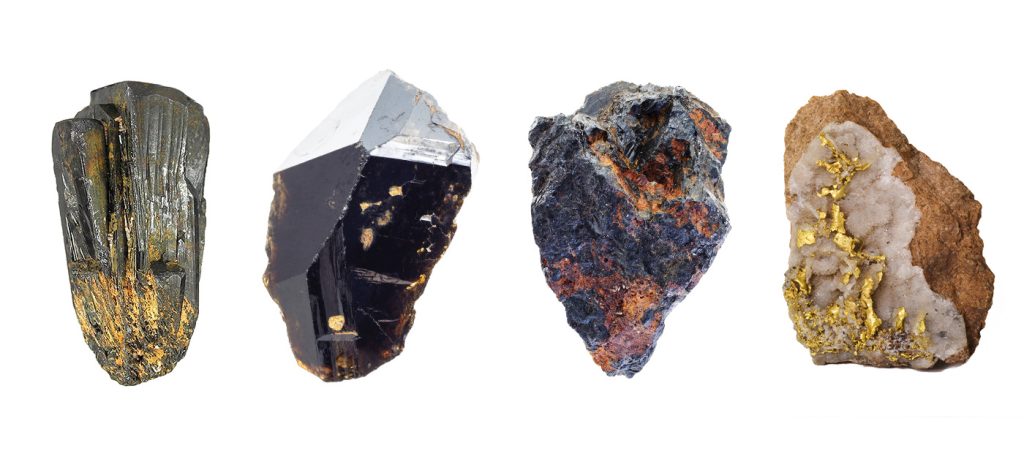
Environmental Impact
Mining conflict minerals has resulted in highly detrimental environmental impacts like soil erosion, along with land and water pollution, and can cause resource depletion. The creation of mining facilities causes deforestation, promotes damaging land-use practices, and creates rampant soil, water, and air pollution, which leads to human health problems.
Conflict Minerals Legislation in the US
In the USA, Congress passed the Dodd-Frank Act in 2010, which directs the Securities and Exchange Commission (SEC) to issue rules requiring certain companies to disclose their use of conflict minerals if those minerals are “necessary to the functionality or production of a product” manufactured by those companies. These are high-value minerals that may be mined in regions known to use child slave labor or to support illegal warlords and their armies, specifically the DRC and adjoining countries in Central Africa.
On August 22, 2012, the SEC adopted the Conflict Minerals rule pursuant to Section 1502 of the Dodd-Frank Wall Street Reform and Consumer Protection Act. Regardless of where they are sourced, processed, or sold, the intent of the requirements is to end violent conflict by not sourcing the conflict minerals from DRC or the adjoining countries which directly or indirectly finance or benefit the armed groups in DRC.
Conflict Minerals – Covered countries
For the purposes of the SEC disclosure rule, the SEC refers to these countries along with the DRC itself as “covered countries” which are defined in Section 1502 as having an internationally recognized border with the Republic of the Congo (DRC), and include Angola, Burundi, Central African Republic, Rwanda, South Sudan, Tanzania, Uganda, and Zambia.
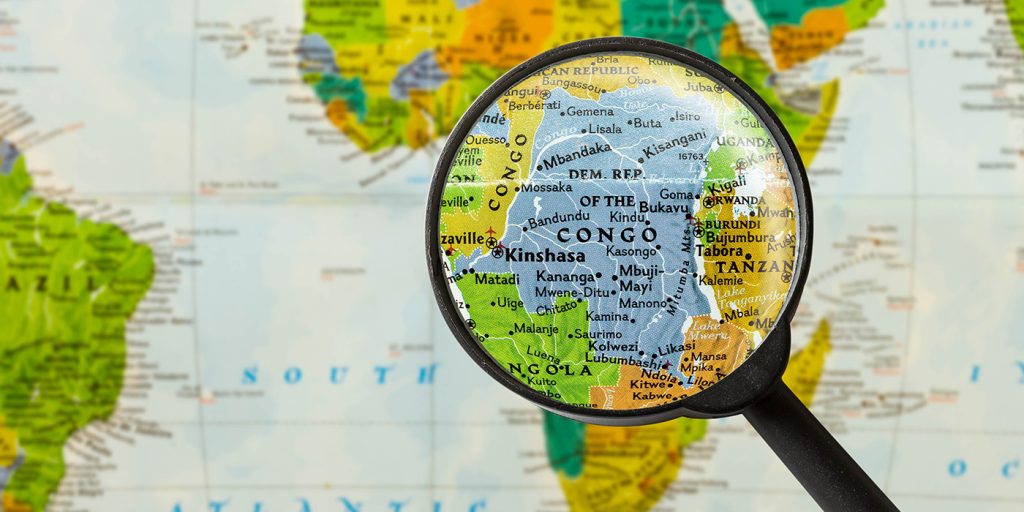
Responsible Minerals Initiative (RMI)
Founded in 2008 by members of the Responsible Business Alliance (RBA) and the Global e-Sustainability Initiative (GeSi), the Responsible Minerals Initiative (RMI) has grown into one of the most utilized and respected resources for companies from a range of industries addressing responsible mineral sourcing issues in their supply chains.
RMI serves as an umbrella organization for the voice of progressive industry to support responsible mineral sourcing broadly and convenes stakeholders to continually shape dialogue and practices. They provide companies with tools and resources to make sourcing decisions that improve regulatory compliance and support responsible sourcing of minerals from conflict-affected and high-risk areas.
RMI works together with supply chain and evolving business practices to support responsible mineral production and sourcing globally, including but not limited to conflict-affected and high-risk areas, providing companies with tools and resources that improve regulatory compliance, align with international standards, and support industry and stakeholder expectations. More than 380 companies and associations from 10 industries are part of the RMI as of now.
Conclusion
As the electronics industry continues to mature, sustainable and responsible sourcing of raw materials is growing in priority. Governments around the world are working together with industry to apply pressure to developing nations like DRC to ensure that violence is no longer part of the conflict minerals supply chain.
In our next article, we will discuss how industry suppliers can comply with conflict minerals legislation.

